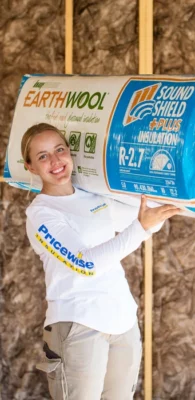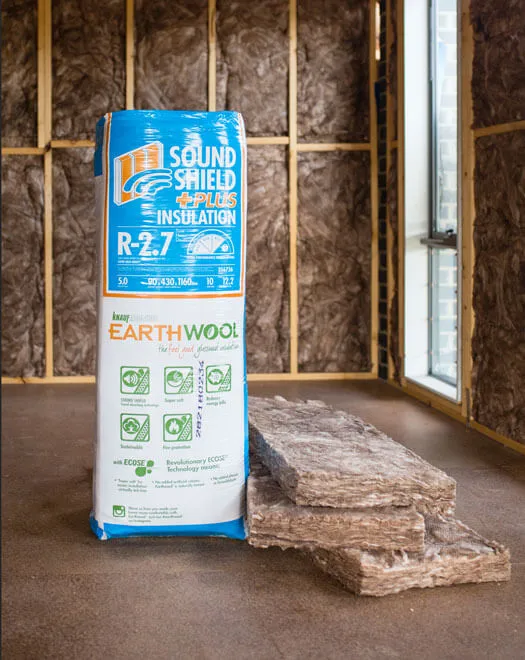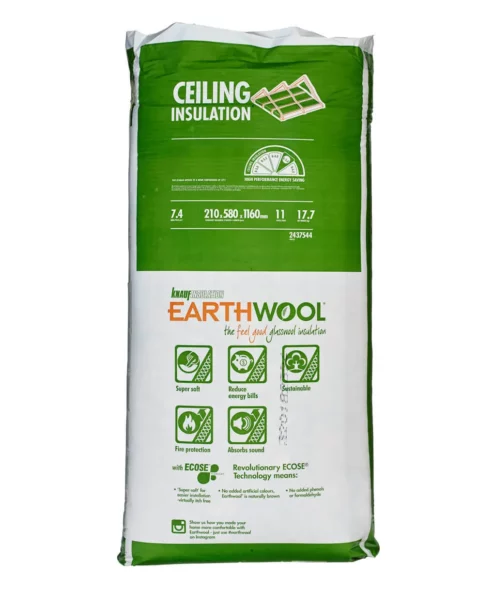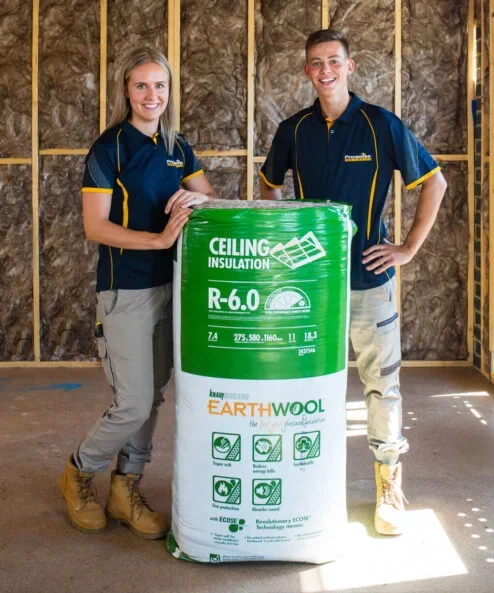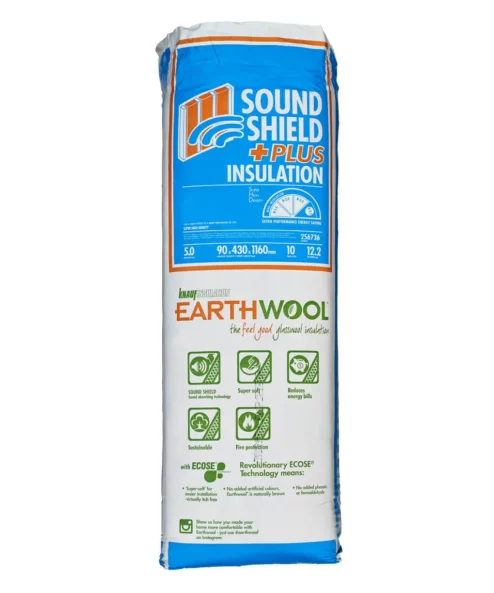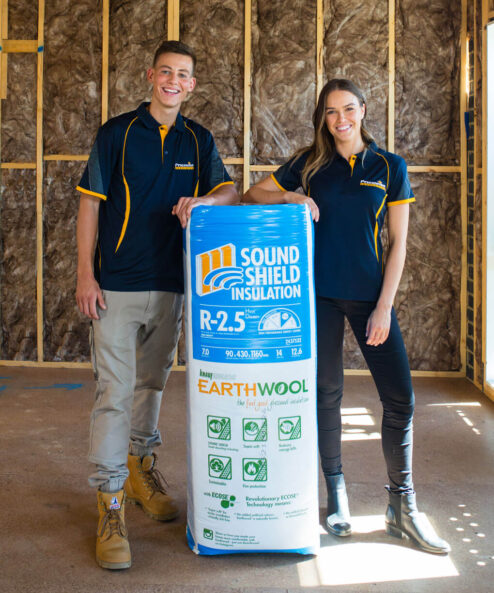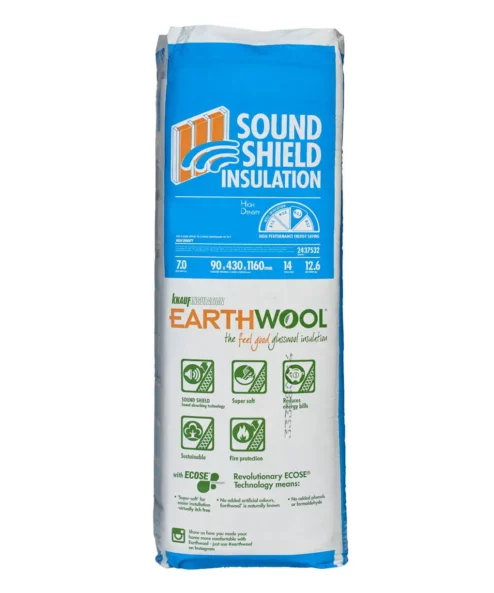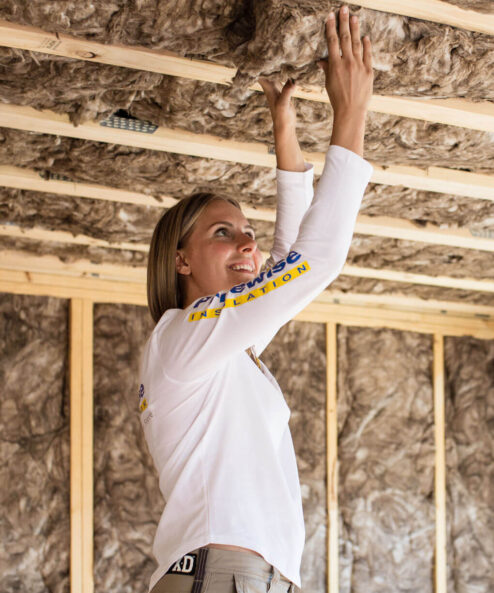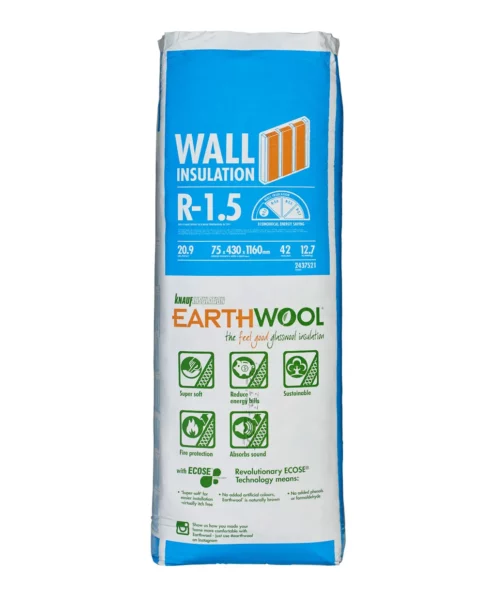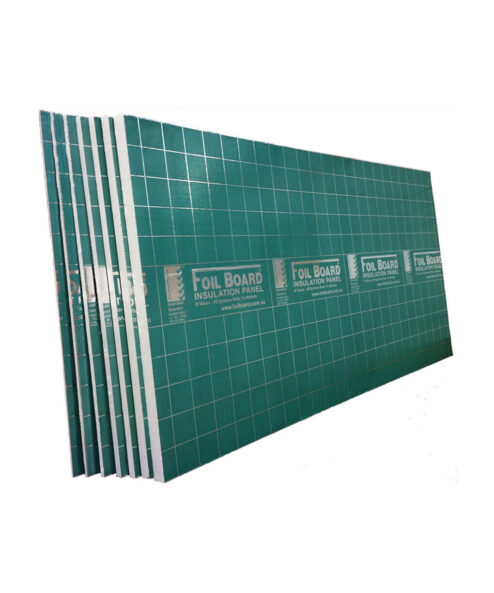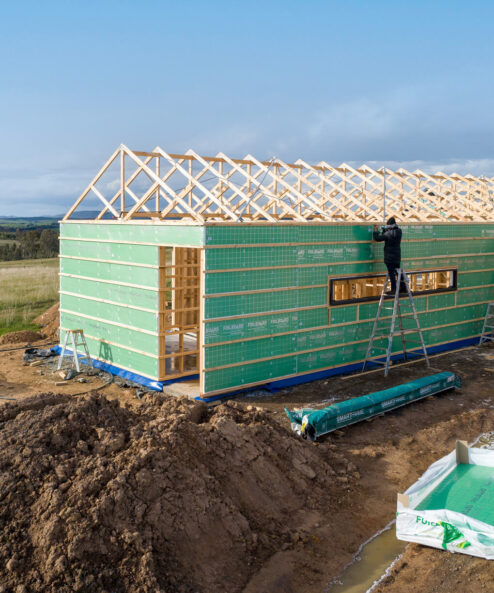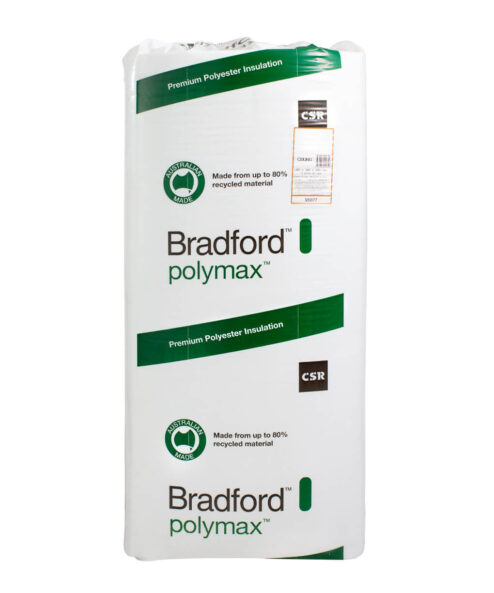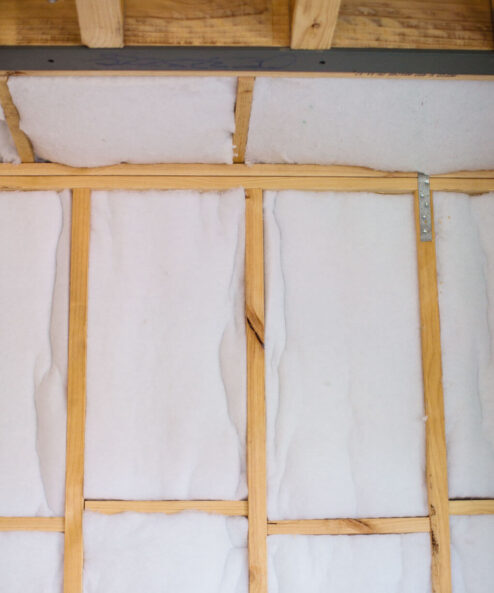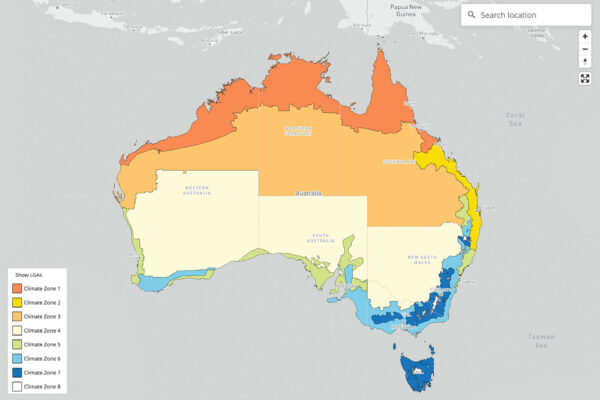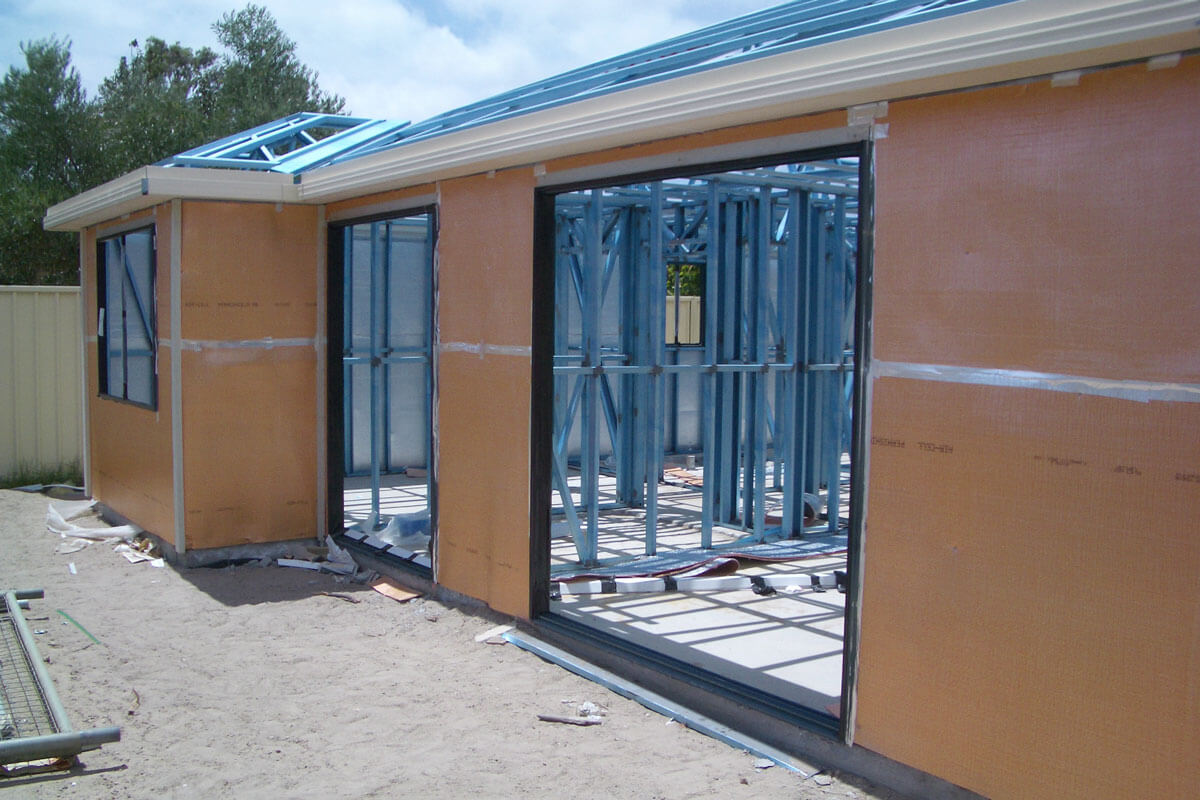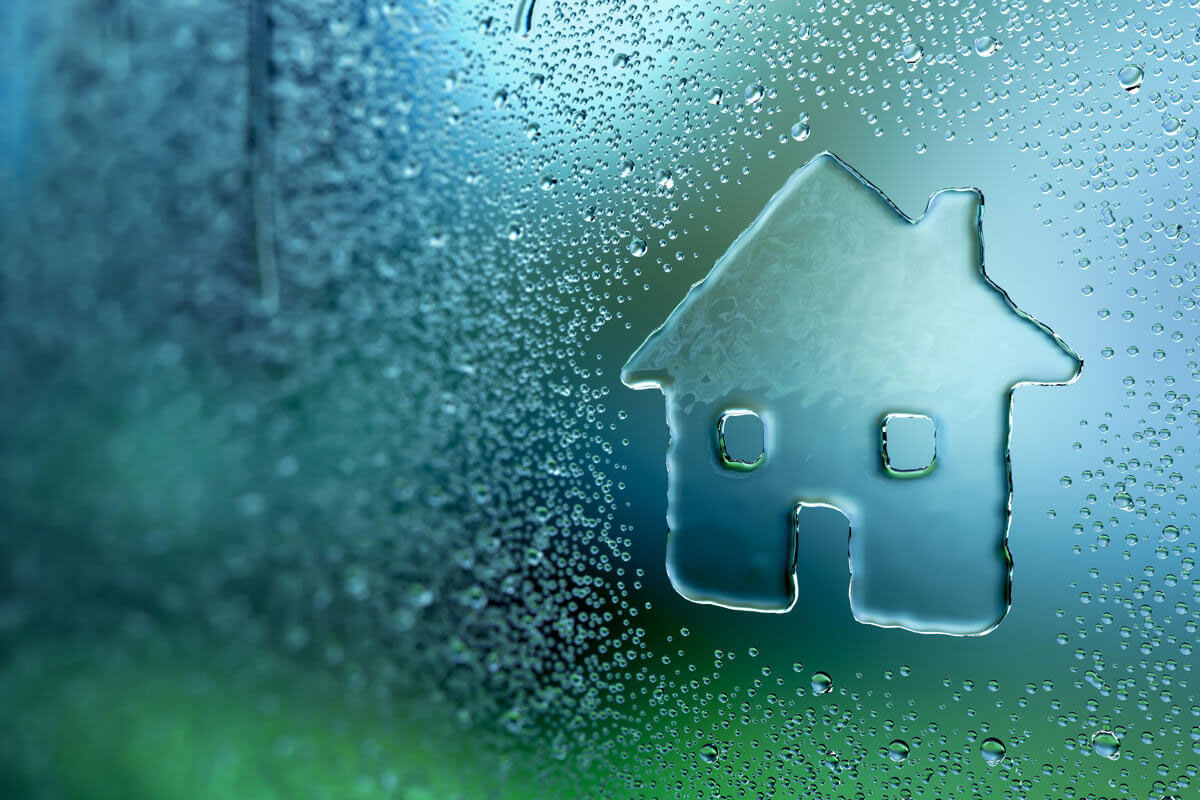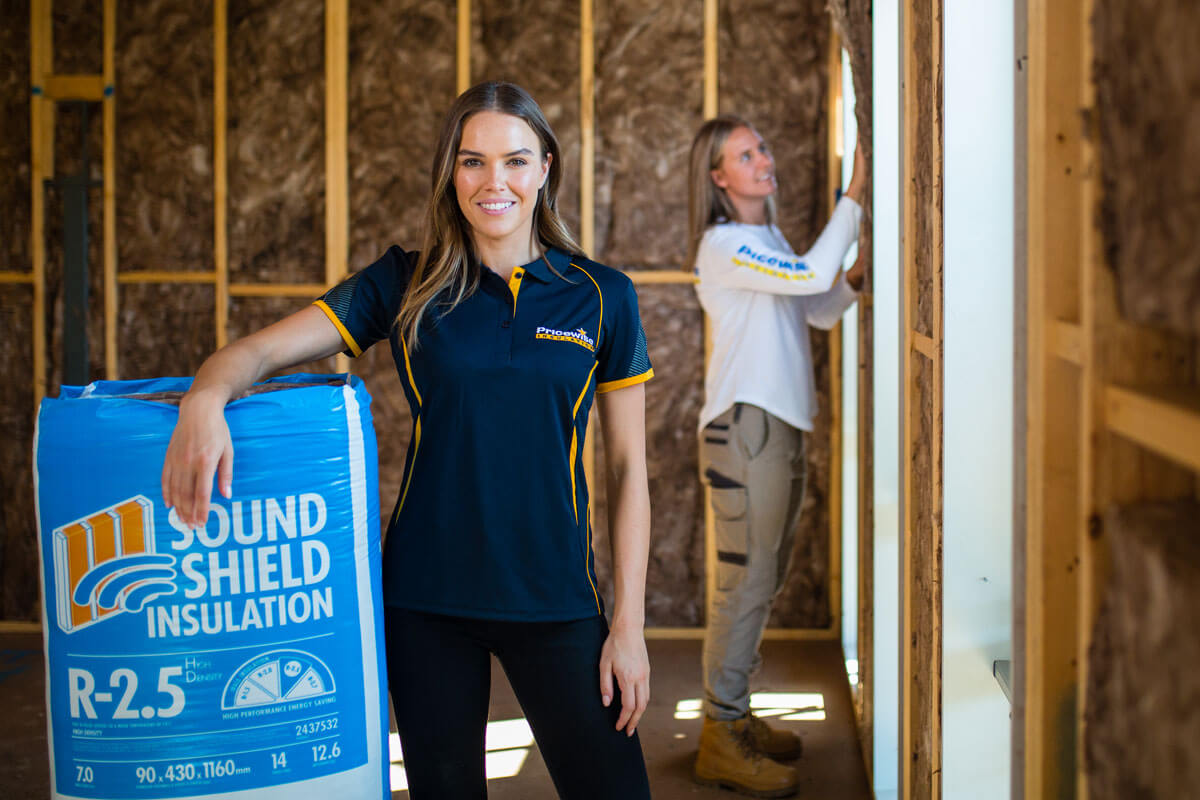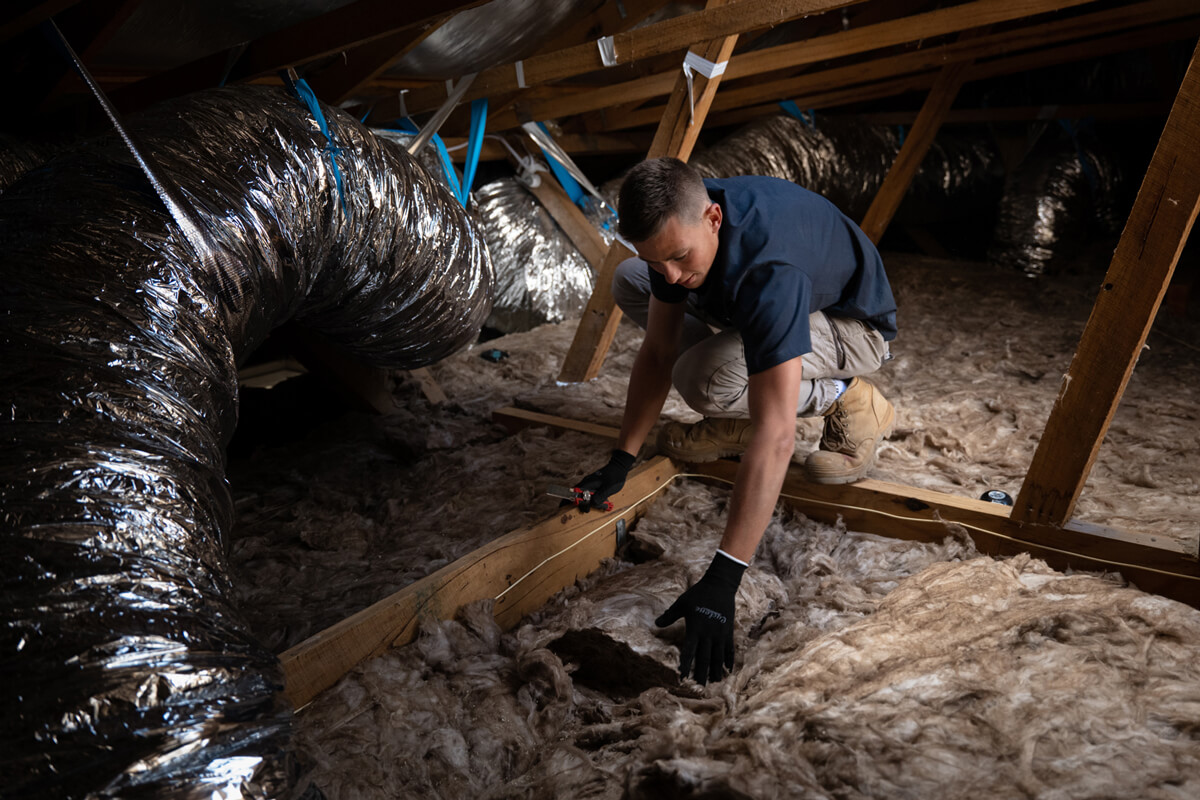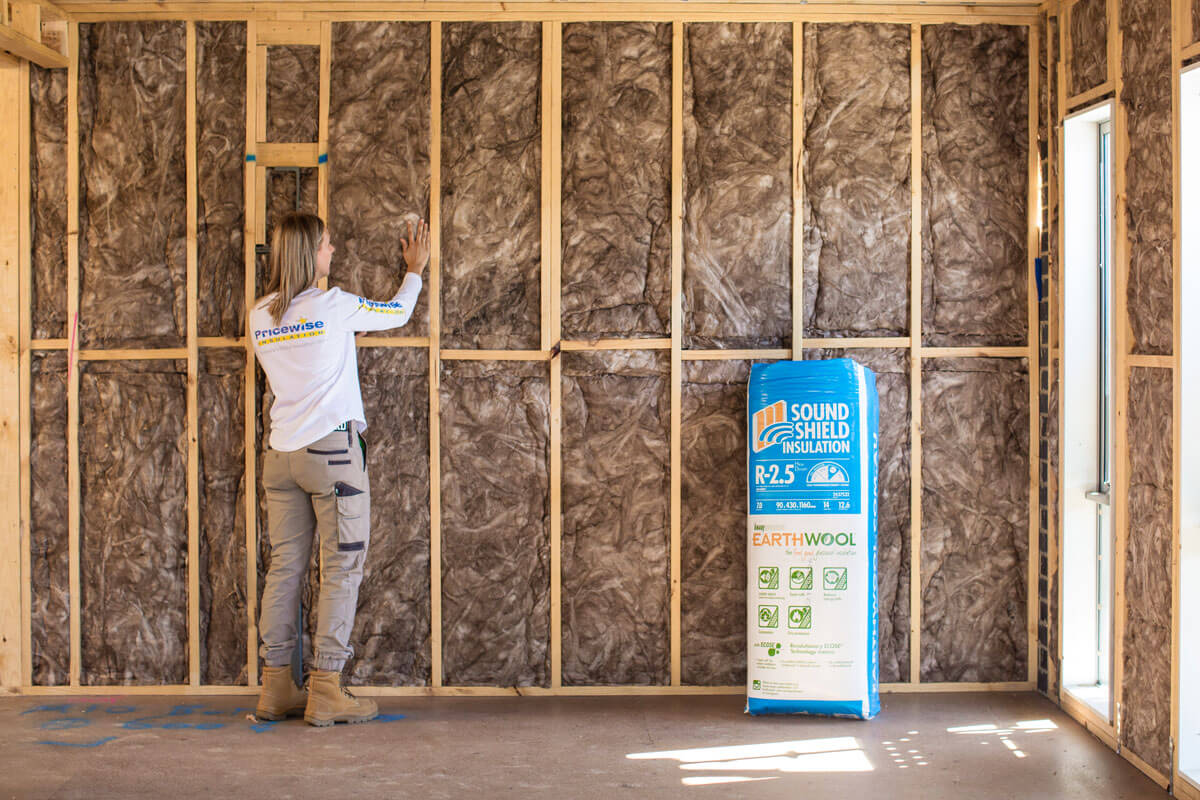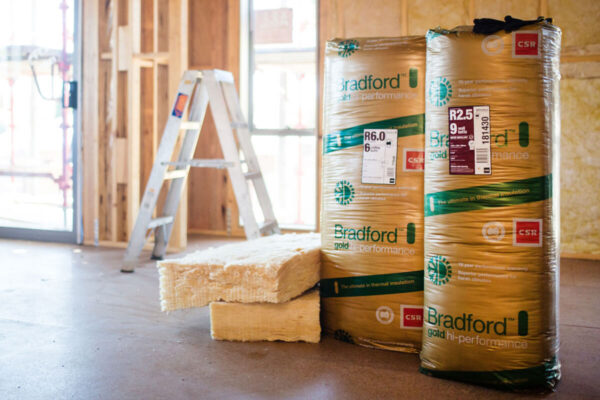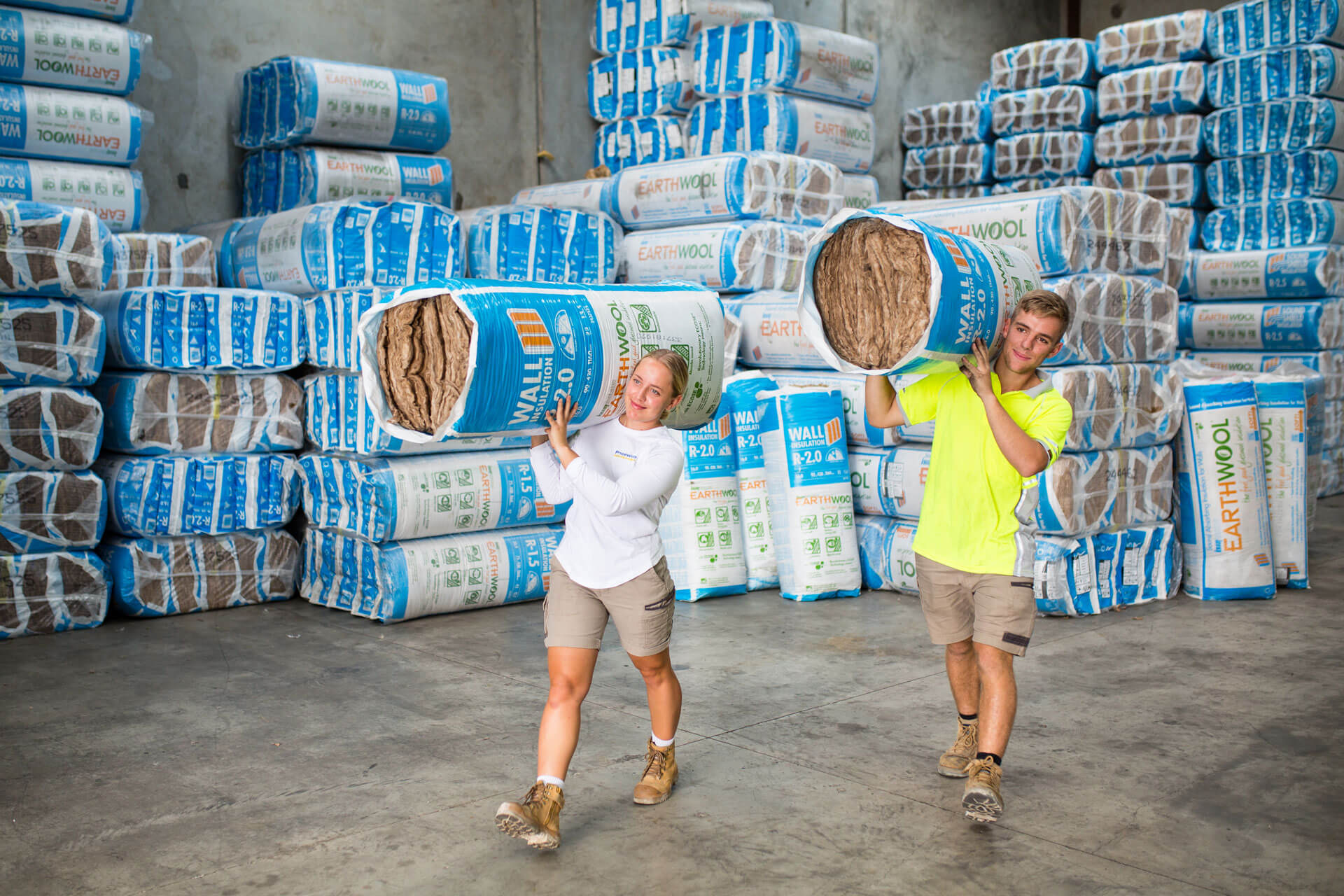
Sydney insulation
Our insulation warehouse is located at 2/6 Cobar Place in Gregory Hills. We deliver to residential and commercial sites across Sydney and New South Wales.
Eco-Friendly Home
House insulation helps to reduce the amount of energy needed to heat and cool the home. Investing in home insulation in Sydney also helps to reduce energy bills.
DIY INstalls
Install the insulation yourself or get a quote from our professional installers. Check out our DIY videos and instructions for our latest tips and tricks.
Sydney Warehouse Address:
2/6 Cobar Pl, Gregory Hills NSW 2557
Buy Insulation in Sydney – Online
If you are looking to buy insulation in Sydney then you have come to the right place! We are one of the leading insulation companies in Sydney and Australia as a whole. Our online store offers both commercial and home insulation. We supply all the major brands including Knauf Earthwool, Bradford, Pink Batts, Foilboard and Kingspan Insulation.
Buy insulation online from Pricewise Insulation in Sydney and get it delivered within 1-3 business days. For a same day delivery please give us a call on (02) 8599 4562. Knauf Earthwool orders can also be collected from our warehouse in Campbelltown.
Affordable Home Insulation
Shopping online is easy. Simply select the product you want and enter how many square meters you need for your wall insulation, ceiling insulation or underfloor insulation. If you are building a new house and would like us to calculate the m2, the please send us your plans and energy report.
We recommend R2.5 wall insulation and a minimum of R4.0 ceiling insulation in Sydney. The higher the R-value, the greater the thermal performance. Insulation is a once-off investment designed to last for the lifetime of your home. Many of our products are backed by a 50 year manufacturer warranty.
Contact UsOur BestsellersBrowse All
From $ 8.68 p/m2 inc. GST
This product has multiple variants. The options may be chosen on the product page
From $ 8.39 p/m2 inc. GST
This product has multiple variants. The options may be chosen on the product page
From $ 10.76 p/m2 inc. GST
This product has multiple variants. The options may be chosen on the product page
From $ 4.99 p/m2 inc. GST
This product has multiple variants. The options may be chosen on the product page
Video – Home Acoustic Insulaton
Video – Brand Comparison
Frequently Asked Questions
Does My Home Need Insulation?
Yes, practically all homes need, or at least benefit from thermal insulation. The benefits of thermal insulation come on many levels, but basically boil down to one thing; helping to maintain a comfortable temperature in your house throughout the year. Thermal insulation acts like a barrier to heat transfer. During hot weather, it restricts the amount of heat that enters your home, helping to keep your house cool. In the colder Sydney months, insulation helps to prevent heat generated within the house from escaping through the walls, ceiling and underfloor.
Thermal Insulation Can Also Significantly Reduce Your Power Bills
Technically it is possible to maintain a comfortable indoor temperature without installing insulation, but this comes at a significant cost. During the winter months, a lot of heat generated inside many older homes literally goes through the roof due to a lack of adequate ceiling insulation. This means that their heating systems have to keep on generating more heat to maintain the desired temperature, which continues to pass through the roof. Ceiling insulation acts as a barrier for heat transfer, basically trapping much of the heat inside. In the past, when energy prices were cheaper, roof insulation was often seen as an optional extra if the home owner could afford it. These days it seems that the situation is different. Now it appears that the average working family can’t afford not to install ceiling insulation. In fact, many people report having earned back the initial investment of installing insulation in their homes within the first few years, by receiving lower energy bills.
Heating and Cooling Systems Work Too Hard in Homes Without Insulation
Air-conditioners often start to experience problems when they have been worked too hard for too long. There are a number of factors that can contribute to air conditioning overload, one of which is inadequate thermal insulation. During hot weather, the idea is that the cooling system brings down the temperature to the desired level and then switches itself off. Without an adequate level of ceiling insulation, however, heat from the sun will literally be poured continually into the home. This makes it unlikely that the air inside the home will ever reach the desired temperature on very hot days and the cooling system will run constantly. Most systems are not designed for such high use and start to experience issues in the long run. As such, householders who are trying to save money by skimping on ceiling insulation may well be paying up eventually, potentially in the form of a replacement air-conditioning unit sooner rather than later.
Insulation as a Once Off Investment
While it does take a bit of effort and organising, the beauty of installing ceiling insulation in Sydney is that when the job is done it’s done. The manhole is closed and the insulation can be expected to last for the life of the home. Many brands come with either a life time guarantee or at least 50 to 70 years, which effectively is the life of the home. This means that a once off investment will result in ongoing thermal comfort and yield savings on energy bills year after year.
Is Polyester Insulation Better Than Glasswool?
Pricewise Insulation often receives enquiries about whether polyester insulation is better than glasswool in Sydney. Both polyester and glasswool (also called fibreglass) insulation are highly recommended products and very effective in reducing heat transfer. They are both safe products to install and handle. Customers comparing the different types may notice a price difference and wonder whether the more expensive Autex Greenstuf is worth it. The reality is that both types of insulation have their pros and cons, and the best choice depends on individual preference.
Comfort of Handling
Polyester is typically more expensive but has two attributes which arguably could cause it to be considered a ‘premium’ insulation product. Polyester insulation has practically speaking no breathable fibres, and as such may be favoured by people suffering from asthma or severe dust intolerance. It is also completely ‘itch free’ to handle and install, whereas most people experience at least a minor temporary itch e.g. on their wrists after handling glasswool insulation for a few hours.
Glasswool Much Improved in Recent Times
It is important to note, however, that the glasswool insulation of today is very different to the stuff that was sold on the market a few decades ago. The installers of those days would recall extreme discomfort, whereas the glasswool insulation today, particularly Knauf’s Earthwool, is much more pleasant to handle.
Higher Compression Properties with Glasswool
Most glasswool insulation has a much higher compression factor than polyester insulation. This may give it an advantage from a delivery and storage point of view. Customers may be able to fit the required amount of glasswool insulation in the back of their car or ute but be unable to fit the equivalent number of bags of polyester insulation. Opting for the glasswool insulation may save them an extra trip back to the warehouse or the cost of having it delivered. If onsite storage is an issue, it may be better to purchase glasswool insulation.
Consistent R-Value Regardless of the Material
Neither polyester nor glasswool insulation will outdo the other in performance. Glasswool insulation is the cheaper option, but it performs just as well as its polyester equivalent. R-value is a measure of how effective the insulation is at resisting heat transfer, regardless of what it is made out of.
What R-Value Do I Need?
Video – Wall Insulation
Video – Ceiling and Roof Insulation
When customers ask us which R-value to install, we generally recommend a minimum of R2.0 wall insulation and R4.0 ceiling insulation. If you live in Sydney, we recommend upgrading to R2.5 wall insulation and R5.0 or R6.0 ceiling insulation. If your home has suspended floors then we also suggest that you install R2.0 underfloor insulation.
Why Higher R-Values are Better
For the best results we recommend installing the highest R-value that you can afford. The rising cost of energy in Australia means that many home owners are opting for higher R-values such as R2.5 HD wall insulation for the external walls and R6.0 roof insulation. The higher the R-value, the better the thermal and acoustic performance of your home. If you are looking to increase privacy within the home, then consider installing wall insulation in the internal walls. Installing R2.0 HD acoustic insulation (or higher) can help to create a quieter and more relaxing home. If you cannot afford insulation for all the internal walls, then simply choose the areas that you want to prioritise. For example, the walls around the toilets and main bedrooms. To achieve the R-value written on the insulation pack it is important the batts or rolls are installed correctly. Even small 1cm gaps can reduce the effectiveness of your insulation. For more information check out our DIY install tips.
One Time Investment Leads to Savings Every Year
Installing a sufficient level of wall and ceiling insulation in any home and including wall wrapping in the insulation budget is one of the best investments home owners can make. It’s not uncommon for consumers to earn back the cost of the insulation through energy savings already in the first few years.
Value for Money – What is the Optimal R-Value?
When ordering bulk insulation, you will need to decide which R-value to go for. Generally, the higher the R-value, the thicker the material and the more effective it will be at resisting heat transfer. However, the higher the R-value, the higher the price. So, what most home owners naturally want to know is what is the lowest R-value I can invest in that will still prevent heat gains in summer and heat losses in winter? The answer to this will vary depending on the climate zone of the residence.
Insulation for New Homes
The Building Code of Australia requires new homes to have an adequate level of insulation, where “adequate” actually depends on where you live along with a number of other factors. For someone living in a temperate climate, for example, a thin layer of insulation would keep the house comfortably warm in winter and comfortably cool in summer. But for someone living in a very cold climate, the same thin insulation would not be adequate. Find out what the required R-value is for your climate zone and consider upgrading to a higher rating for added comfort. R-value is the most important consideration when planning an insulation project and will guide subsequent decisions.
Higher Performance R-Value with Wall Wrap
Every home owner should include foil wrapping around the frame of the house before the brickwork is started. This gives protection against the elements and will increase the performance R-value when used in combination with bulk insulation. Wrapping the frame of the house prevents the bulk insulation from coming into contact with the bricks and ensures that the necessary airgap between the timber and the bricks is maintained all the way around the house. The exact increase in performance may be somewhat difficult to measure, but it would be fairly safe to suggest that if a house was wrapped and fitted with R2.0 bulk insulation in the walls, the rating achieved would be closer to an R3.0.
How Much Insulation Do I Need to Buy?
There are several reasons why it is ideal to order the right amount of insulation the first time around:
- You only pay one delivery fee.
- The job is completed in one go and the plasterers can commence their work.
- You don’t waste money by purchasing more than you need.
- You don’t have to deal with disposal of excess batts.
Calculating Insulation Required for Ceilings and Underfloors
For ceilings and underfloors, you will need to estimate the total area, by multiplying the width by the length. Then multiply this by 0.9, to allow for the fact the timber framing also uses up some of the space in the ceiling or underfloor. The square metre coverage is all you need to know when ordering online with Pricewise Insulation. Simply find the product you need, select the width and required R-value, and as you adjust the number of bags to order, the square metre coverage will update automatically. Make sure you order slightly more than you need rather than slightly less, so you don’t run out of insulation before the job is complete.
Calculating Insulation Required for Walls
A similar principle applies for calculating how much wall insulation you need, but with one extra step in the calculation.
- Multiply the width of the walls by their length to find the total area.
- Subtract the area of the doors and windows from the total are.
- Multiply what is left by 0.9 to allow for timber framing.
Measure the Timber Spacings Before Ordering Insulation
Most bulk insulation comes in two standard widths: 430mm and 580mm. The reason for this is to minimise the amount of cutting required by the installer by supplying batts that fit snugly between the most standard timber framing. When ordering insulation make sure you have measured the width between the timber joists so that you can purchase the optimal size. Otherwise you may find yourself having to cut every single insulation batt to make it fit and spending an excessive amount of time and energy completing the job.
Have Everything You Need Before You Start the Job
There’s nothing worse than setting aside some time to complete a DIY project and realising that you’ve forgotten about some minor, but essential equipment. When installing insulation there are a few handy things to have with you that will make the task easier. The most essential tools no installer will work without are a sharp knife and the installer’s stick. While the latter is nothing more than a broom handle (or similar) with a nail protruding from the end, working without one is tedious and totally unnecessary. The stick allows the installer to insert insulation batts easily into hard to reach areas. A step ladder may be necessary when installing ceiling insulation from below and to reach the highest wall cavities more easily.
Does Pricewise Insulation Deliver Australia-Wide?
Video - How Ordering Works
Pricewise Insulation is currently servicing the following locations:
- New South Wales
- Australian Capital Territory
- Victoria
- Queensland
- South Australia
Some brands have limited availability certain parts of Australia. In recommending a product to you, we will take into account your location and the cost of delivering the insulation to you. If you have any questions regarding our delivery service, please do not hesitate to give us a call on 1300 729 639 or send us an email.
Established Partnerships with Major Insulation Manufacturers
Let’s say you live in Coffs Harbour, New South Wales, and you are thinking to order Earthwool batts for your DIY renovation project. These would have to be shipped all the way from our Sydney warehouse and it’s going to cost you quite a bit in delivery fees alone. Pricewise Insulation, however, works together with a couple of partner suppliers in Coffs Harbour, namely Fletchers (who manufacture Pink Batts) and CSR Bradford. For this reason, we may suggest that you consider ordering the equivalent products from one of them so that you end up with a better price overall and can potentially get the material delivered earlier.
Collaborating with Multiple Transport Companies
Pricewise Insulation works together with numerous transport companies throughout the country. This means we can deliver insulation to practically any part of the country. If your regional area is not listed as a delivery option, contact us to discuss your order and we will give you a customised quote. We may suggest that you adapt your order to give you the best outcome overall.
Can I Pick Up My Order
Pick up from Pricewise Insulation is available during business hours from our Sydney and Melbourne warehouses, by prior appointment. We can also arrange pick up directly from one of our partner suppliers, located in Brisbane, Adelaide, Canberra and a number of regional centres. Click here for more information.
Bring Tie Down Straps When Picking Up Your Insulation
If you are picking up your insulation order yourself and transporting them in an open vehicle, such as a ute, make sure you bring sufficient straps, ropes or similar. Tie the bags or bales down securely before you drive off. If you are picking up bags of insulation, you may notice that one end of the bag is open. This end should be facing away from the cab. If the bags of insulation are facing the wrong way, they are practically inviting the wind to come and catch them, making it unsafe for the driver.
Picking Up Insulation in Wet Weather
Check the weather forecast and make sure you bring a tarpaulin or some sort of cover if there is a chance of rain. Insulation bags are open at one end and the material is susceptible to becoming wet in wet weather. You don’t want the insulation you just paid for getting wet in transit.
Can I Install Wet Insulation?
No! Never install wet insulation. It is effectively useless anyway, because the air gaps which give it its insulating properties are no longer there. Good quality bulk insulation is filled with millions of tiny air pockets and without them it just doesn’t work. Some people may take wet insulation batts outside to dry them, but this is not recommended. It is virtually impossible to remove every last trace of water that has seeped into the insulation batts. Water particles can become lodged in the inner parts of the insulation and may cause widespread mould issues in the long term. Even if you could be certain that all the moisture had been removed, the insulation batts will have suffered compression during the time it was wet and may not expand to their original size, meaning fewer air pockets and reduced effectiveness.
For our full range of ‘frequently asked questions’, please explore our FAQ page.
Home InsulationBrowse All
From $ 9.10 p/m2 inc. GST
This product has multiple variants. The options may be chosen on the product page
From $ 8.68 p/m2 inc. GST
This product has multiple variants. The options may be chosen on the product page
From $ 8.39 p/m2 inc. GST
This product has multiple variants. The options may be chosen on the product page
From $ 23.22 p/m2 inc. GST
This product has multiple variants. The options may be chosen on the product page
Recent Blog Posts
Get answers to FAQ and learn about the benefits of insulation on our blog.

